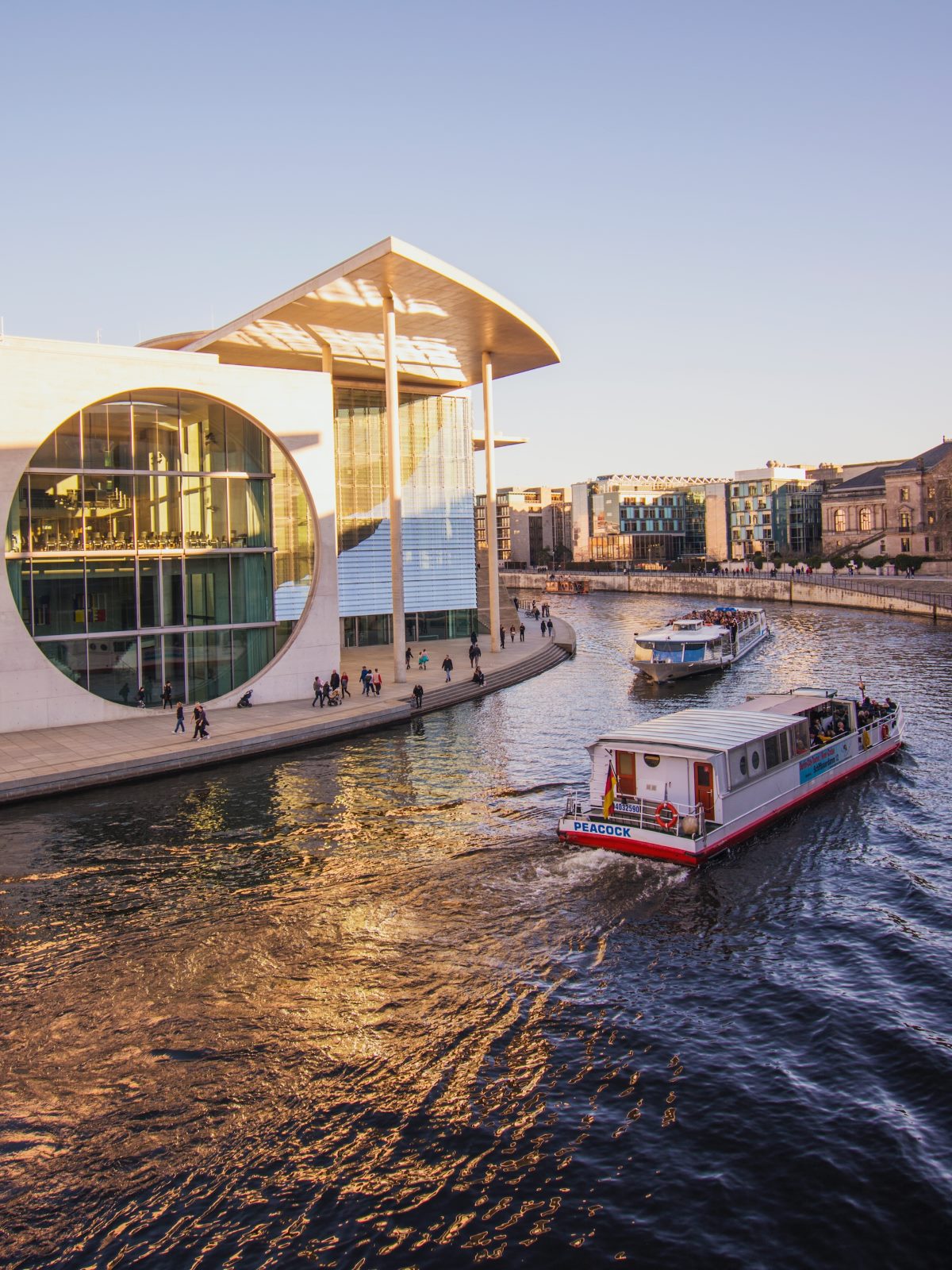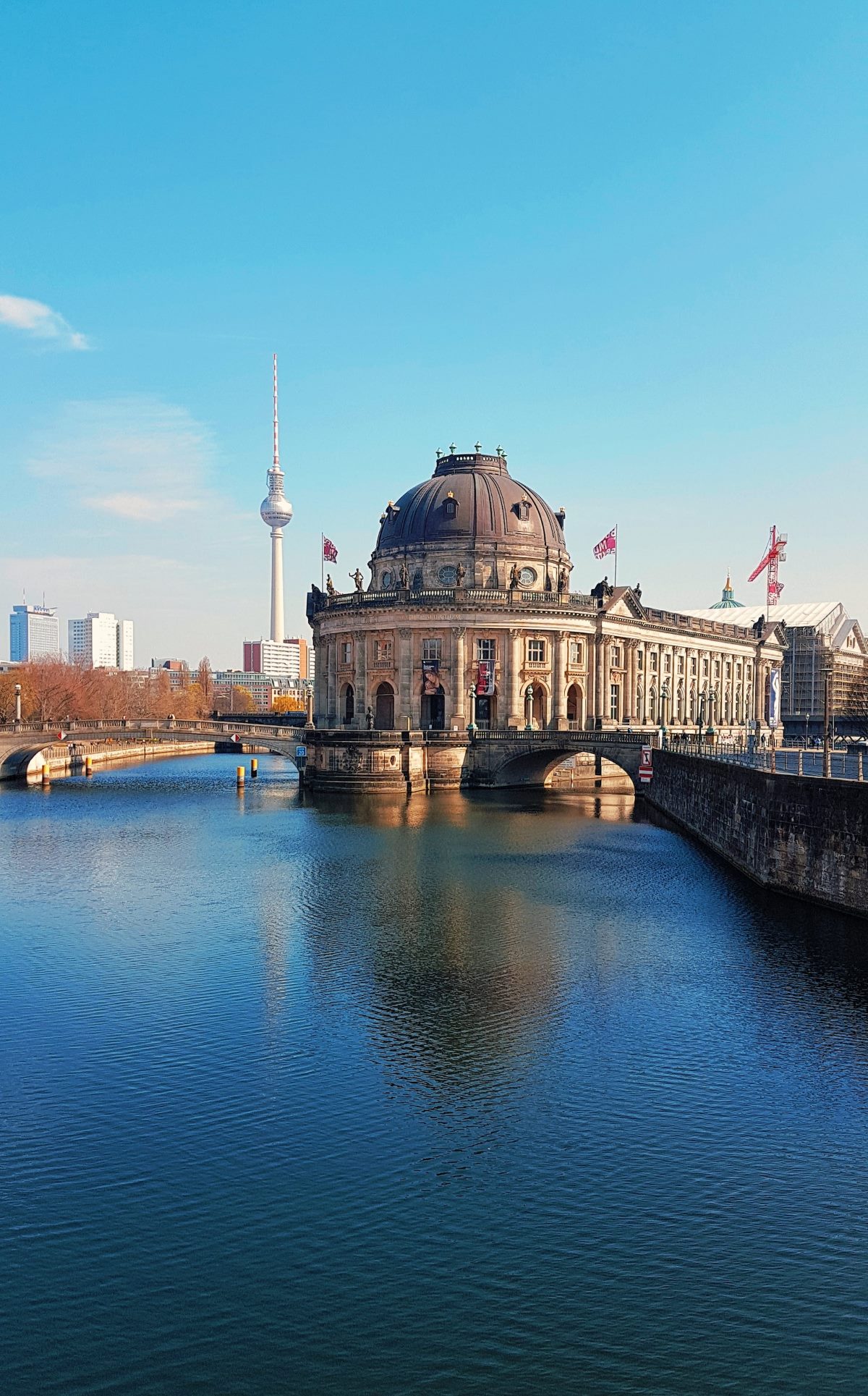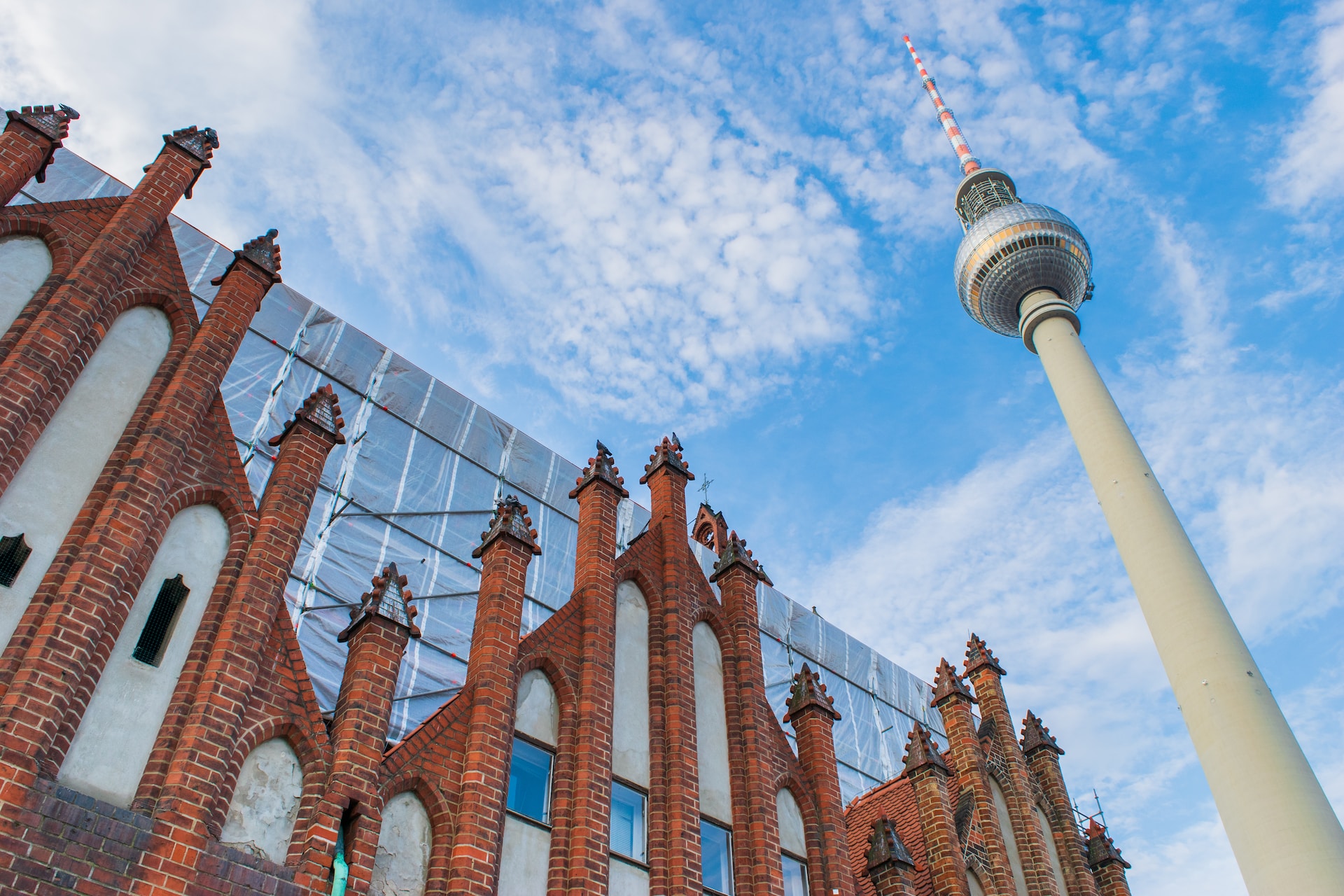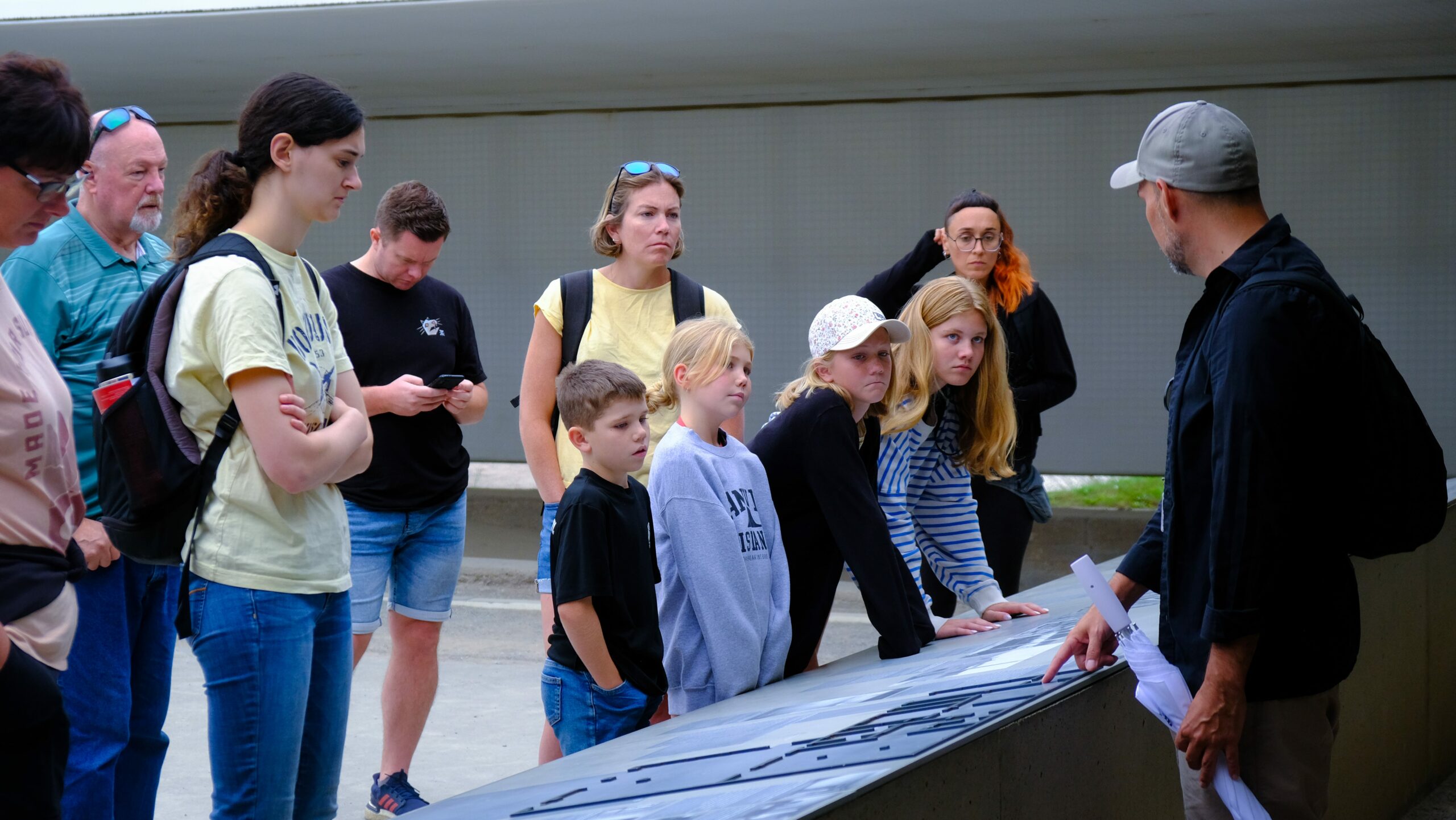Throughout history Germany developed into a rich nation yet endured substantial weight from its past actions. During World War II Germany built concentration camps that now mark the darkest period of its history. Your visit to a concentration camp will deepen your understanding about the wrongs done during World War II for people who learn about these facilities for the first time. This post shows why you should add a concentration camp near Berlin to your travel plans and offers practical tips for enjoying the visit.
Understanding the Historical Significance
During World War II Hitler created concentration camps as his control system. The sites imprisoned and killed millions of nonviolent victims including Jewish people and Romani people plus political opponents homosexual people and others. Your visit to concentration camp memorials enables you to uncover the past and stand with survivors by supporting their memory so these tragedies will never fade from human history.
You should select a concentration camp near Berlin because of its significance during World War II.
World War II activities in Berlin make multiple concentration camps easy to reach in the nearby area. Take a look at these opportunities to explore the list below.
Sachsenhausen Concentration Camp
The German authorities opened Sachsenhausen close to Berlin as the very first concentration camp which later became a model for others. It discloses vital information about prisoner life at the same time it shows how cruel control works. A tour guide helps visitors understand the historical importance of the place while teaching about life at the camp.
Ravensbrück Concentration Camp
The primary purpose of Ravensbrück came as a secure facility for women near Berlin. Women and children experienced the full horrors of the Holocaust just like other victims. Ravensbrück offers you an opportunity to study the average problems for ladies during WW2.
Sachsenhausen Memorial Museum
This memorial museum exists to teach people about this terrible period while preserving its memory. The museum presents exhibition displays of captured photos plus authentic survivor accounts to show prisoner life conditions and pains. Visitors can better understand how the Holocaust affected humanity because the museum explains its full historical background.
Preparing for Your Visit
A trip to tour concentration camps is not similar to any other sightseeing tour. Your emotional mindset and care for the victims must fear as you visit these locations. These steps will help you have a meaningful experience during your tour.
Research and Educate Yourself
Know World War II and Holocaust history before going to a concentration camp. Your visit to the site becomes richer when you know the historical background before seeing its exhibits and displays.
Book in Advance
Visitors should always book their visits ahead because concentration camps receive many attendees daily. Your preferred visit dates should become available through early reservation.
Respectful Behavior
You should show respect to others at the camp. Follow direction signs, speak quietly and avoid photo-taking or damaging activities when visiting the site. You should show respect to the tragic heritage of this site.
Allow Time for Reflection
A visit to a concentration camp takes a serious toll on your feelings. After your tour take time to think about what you have seen and felt. Seek calmness through activities in local peaceful spots after your camp experience.
Conclusion
Your tour of the concentration camp near Berlin offers deep learning for everyone who sees it. This experience enables us to meet history by honoring victims and making sure their suffering is permanently remembered. When you decide to see concentration camp remains you are honoring their memories and improving yourself. Be respectful during your visit by learning real-life lessons from this tragic historical phase.
Table of Contents




